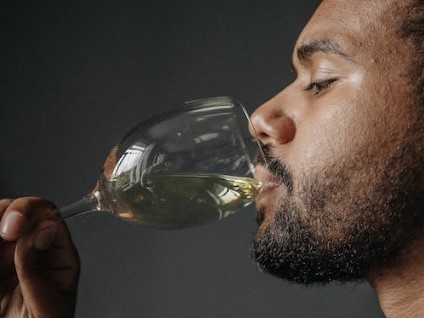
Wine Tasting
A whole new experience
Welcome to our new blog series on wine tasting as we learn about the Fourth S which is “Sip”.
The first three steps, which were See, Swirl and Smell have led to this step where you’ll use your sense of taste. It’s the step where you’ll confirm your evaluation of the aromas you’ve experienced. It’s also when you’ll evaluate the flavours and tactile characteristics of the wine.
Your Palate
Every person has a unique palate which is what makes winemaking and wine tasting an art and not a science. Your perceptions may differ from others so it’s important you make and drink the wines you like.
When tasting wine, here’s what your palate will sense:
- Sweetness
- Sourness (acidity)
- Bitterness (tannins)
- Body (mouthfeel)
- Flavours (confirming aromas)
- Finish (persistence)
First, the tip of your tongue will detect sweetness. Sweetness is basically how much sugar is in the wine. Sugar originates from the grape itself and several factors affect the level of sweetness. For example, climate, ripeness at time of harvest and whether it was exposed to noble mold, which is not a bad thing. Another factor is the style of wine you are tasting. For instance, the amount of time in the fermentation stage can differ between wines, depending on the intended outcome. Fermentation is the process of turning sugars into alcohol. So, the point at which fermentation is stopped determines how much residual sugar will remain in the wine.
Second, the sides of your tongue will detect sourness. Sourness or acidity also originates from the grape. When it’s just right, the wine will be crisp and lively. When there’s too much, it can seem astringent. Certain acids in the grape or produced during the fermentation process can also affect the wine’s taste. Fermentation will convert acids in the grape to a more rounded and pleasing flavour. If you’ve ever had a wine that tastes like vinegar, it’s got too much acetic acid, which is considered to be wine fault.
Third, the back of your tongue will detect bitterness. Bitterness originates from the length of time a wine is in contact with the grape skins during the winemaking process. White and rosé wines spend very little time in contact with the skins whereas red wines spend a lot. Thin-skinned grapes have less tannins that thick-skinned ones. Tannins in the grape skins impart bitterness to a wine. However red wine grapes grown in a hot climate will contribute soft ripe tannins to a wine.
Next, you’ll evaluate the body of the wine. Is it light, medium or full bodied? A light bodied wine will be thin and refreshing whereas a full bodied wine will have a velvety, smooth mouthfeel.
Then you’ll evaluate flavours and confirm what your sense of smell told you in the Third S. Further, you’ll determine how well rounded and balanced the wine is. You might detect additional flavours or not detect flavours you could smell.
Lastly, finish refers to the persistence of the perceived flavours. In other words, how long the flavours last in your mouth after being swallowed or spit out. The finish could be short, medium or long. A wine of high quality will have a long, complex finish. You’ll want to take note of lingering unpleasant flavours if you detect any.
How to Sip
When tasting a wine, you want to sip, slurp, savour and spit. We’re just going to cover the sipping step here and the other three will come later.
First take a small sip and then draw in some air through your lips so the wine covers all the areas in your mouth. Then your tongue can help you detect the sweetness, sourness and bitterness characteristics in the wine. Also the vapours from the wine will go into the back of your nose where your sense of smell can detect flavours. After all, in all things food and wine, tasting and enjoyment involves both your sense of smell and your sense of taste.
Remember to take notes at each stage of the wine tasting process.
We hope you’re enjoying our new blog series on wine tasting and that the Fourth S has you intrigued to learn more.
Photo by Pavel Danilyuk on Pexels
